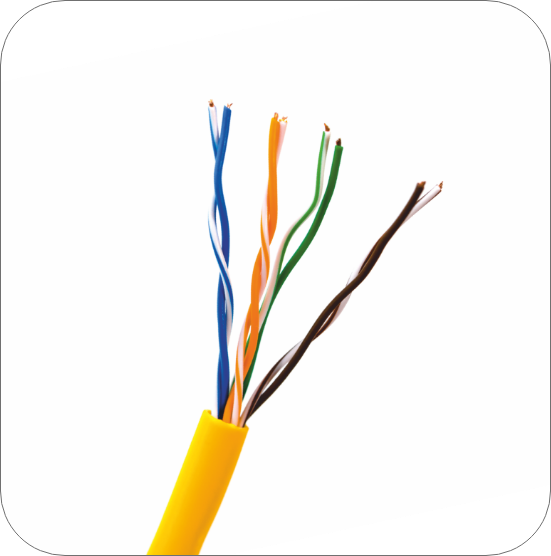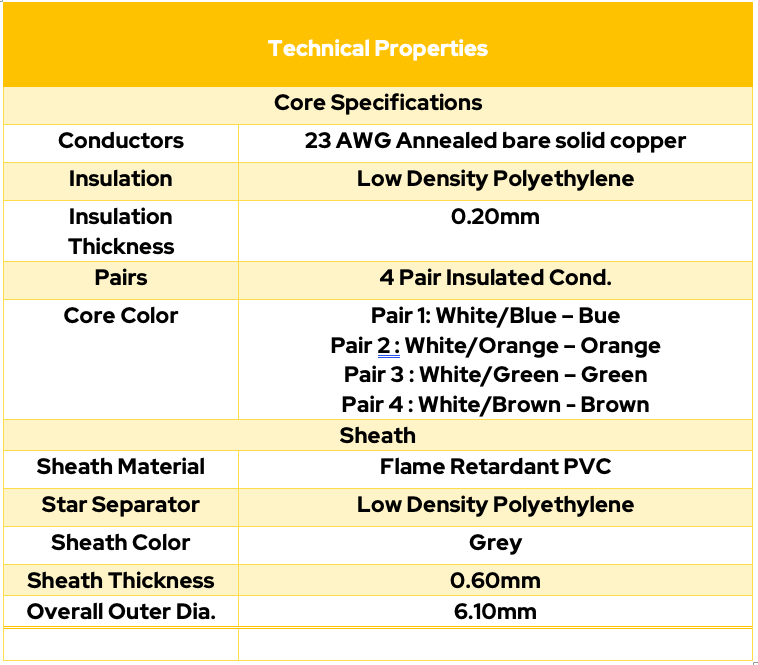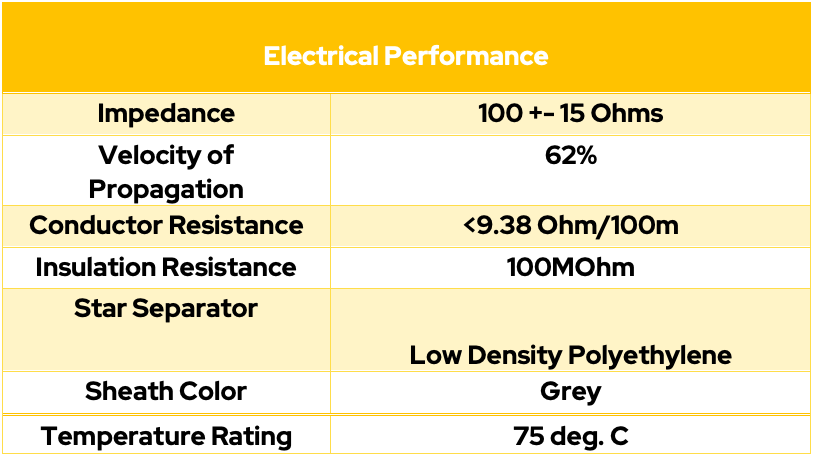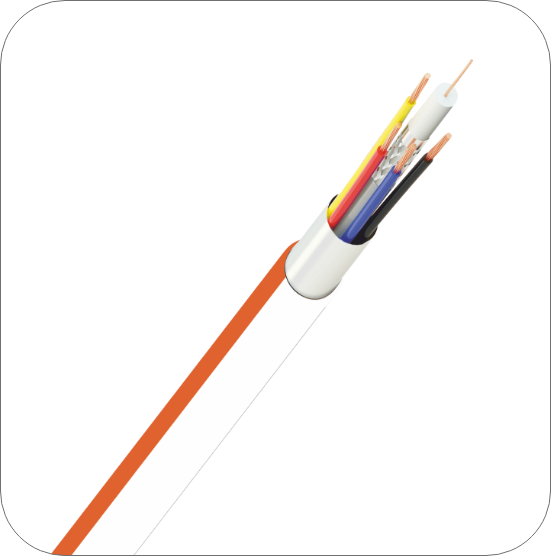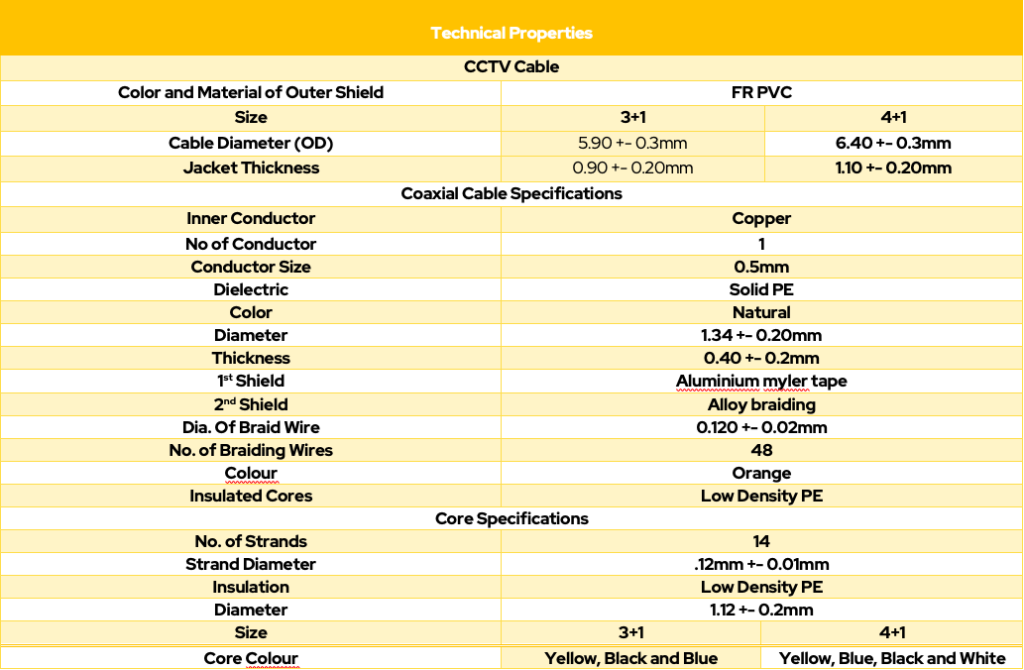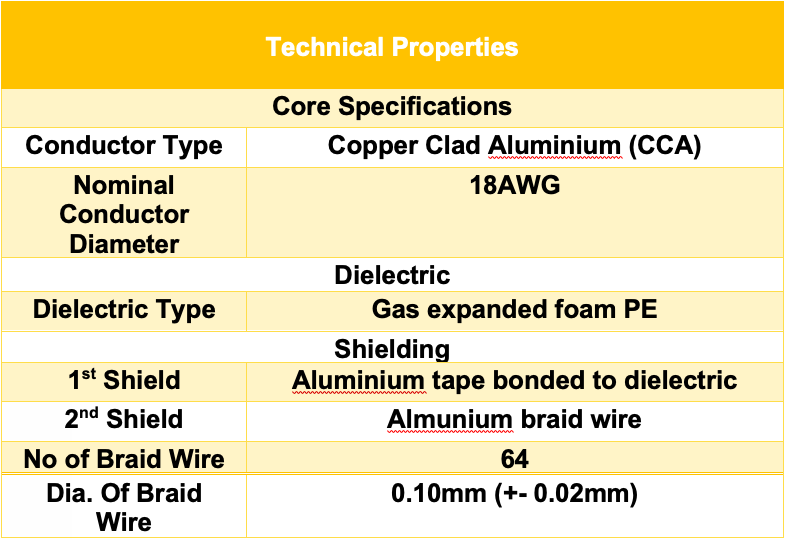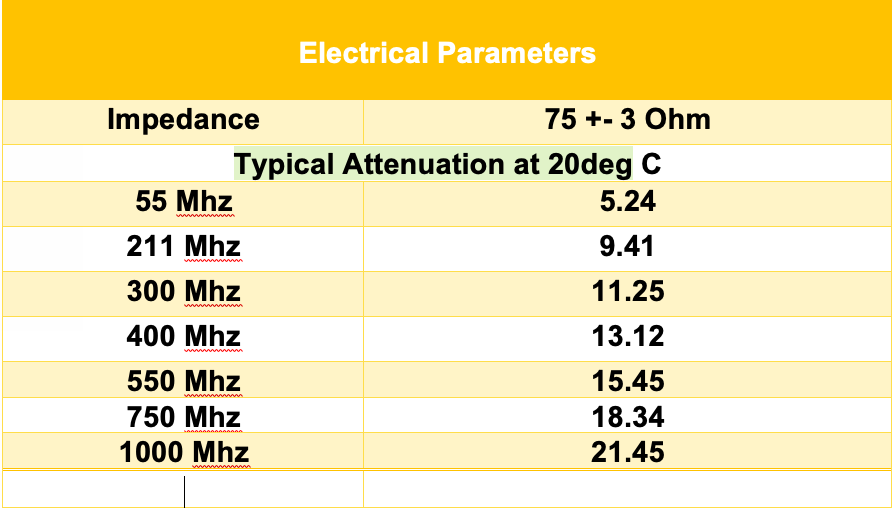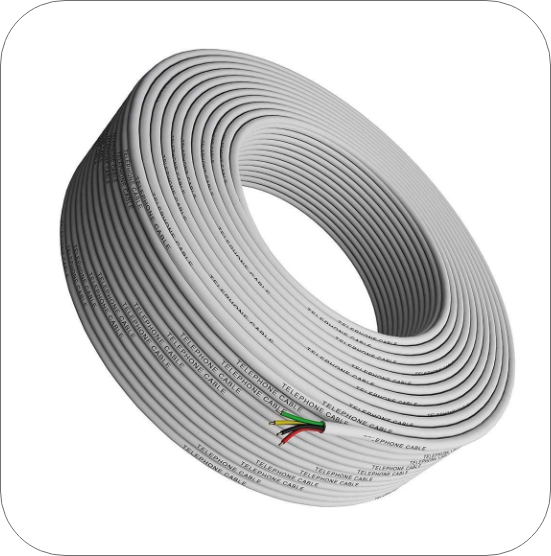- About Us
- Products
- HRFR-LF PVC House Wire
- Three Core Flat Submersible Cables
- Data & Communication cables
- Multicore Flexible Round Cables

HRFR-LF Multistrand House Wire
With a blend of experience and expertise, we have developed HRFR-LF Multistrand House Wire. It is the by product of our relentless hard-work and continuous endeavour to enhance quality of our product
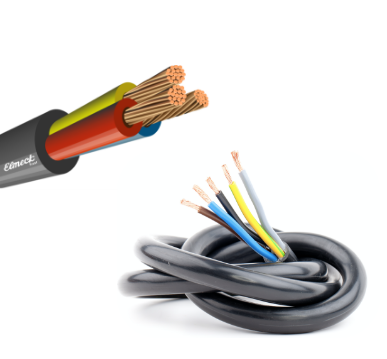
Multicore Round Cables
Elmeck manufacture and supply premium quality multi core flexible cables with copper conductor for various industrial and domestic applications like electrically operated Machines & Equipment’s

Three Core Flat Submersible Cables
A submersible Pump cable is a specialized product to be used for submersible pumps in a deep well. The area of installation is physically restrictive, and the environment is very hostile
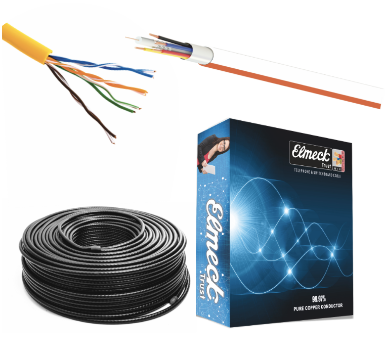
Data & Communication cables
- Certification
- Networks
- Media
- Careers
- elmeck blogs



